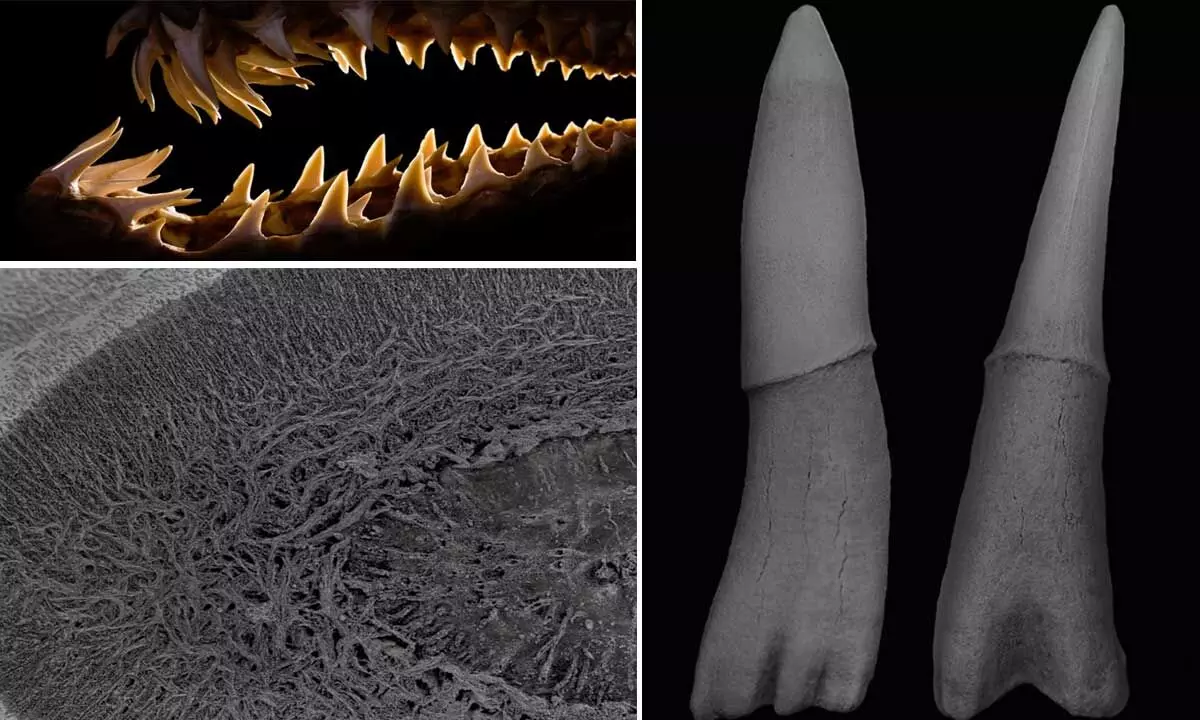Ancient Fish Fossil Indicates Teeth Did Not Develop From Inside The Mouth

Ancient Fish Fossil Indicates Teeth Did Not Develop From Inside The Mouth (Photo/sciencealert)
- According to the outside-in theory, they either originated from somewhere inside the mouth or from exterior scales.
- More proof for the outside-in theory has been discovered by researchers looking at a fossil of the extinct sawfish species Ischyrhiza mira, which inhabited North America 65 to 100 million years ago.
Regarding the origin of teeth, there are two theories: According to the outside-in theory, they either originated from somewhere inside the mouth or from exterior scales. More proof for the outside-in theory has been discovered by researchers looking at a fossil of the extinct sawfish species Ischyrhiza mira, which inhabited North America 65 to 100 million years ago.
The animal featured sharp spikes around its snout to help fight off predators and scavenge for food, just like the sawfishes and sharks of today. These spikes, known as rostral denticles, are assumed to be altered copies of the scales on the rest of the body. The team examined the hard enameloid outer layer of the snout spikes in an effort to investigate the relationship between rostral denticles and scales, but what they discovered was very different from what they had anticipated.
Todd Cook, a vertebrate palaeontologist from Pennsylvania State University, noted that the rostral denticle enameloid of I. mira was anything from straightforward. The enameloid in this ancient sawfish really had a structure very similar to that of a modern shark tooth, which has been well-characterized. The enameloid on the fossil's tooth is particularly similar to the enameloid on contemporary shark teeth in that both are composed of bundles of fluorapatite microcrystals that are grouped neatly on the tooth's surface and more haphazardly below.
Packed microcrystals that are parallel to the surface of the tooth run through these layers. Shark teeth are strong and resistant to stress because of their many orientations, and it appears that this is also true of I. mira.
It's not unlikely that these scales and teeth evolved their packed microstructures separately, but the outside-in idea regarding the origin of teeth makes more sense if one arose after the other.Interestingly, when the researchers started examining rostral denticles, they had no intention of studying the development of teeth, but their conclusions may have a big influence on future research in this area.
The likelihood that the teeth in our mouths are actually highly evolved fish scales is increasing as more and more parallels between the exteriors of marine animals and those of humans are discovered.














